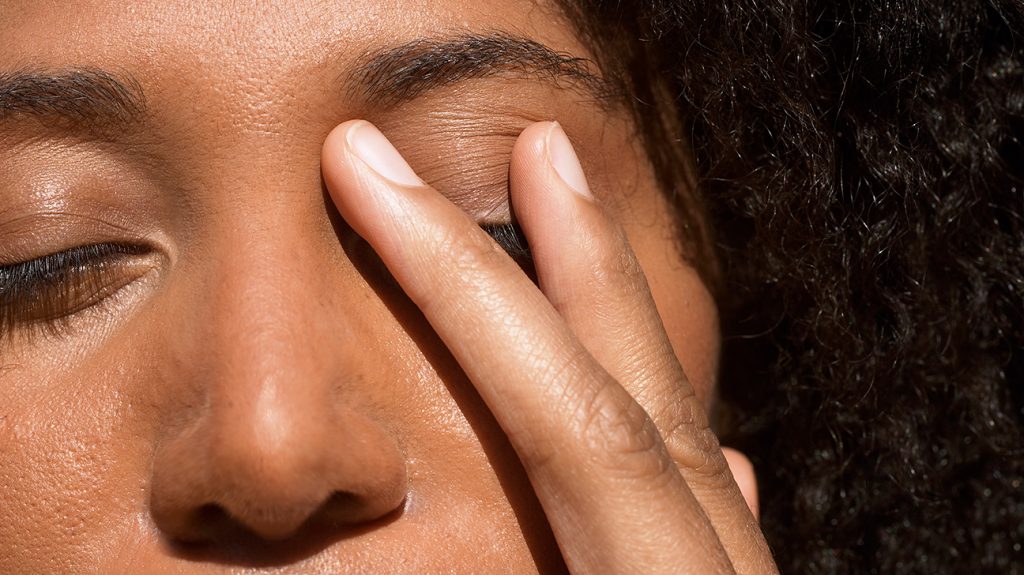What You should Know about Keratoconus

Keratoconus (ker-uh-toe-KOH-nus) occurs when your cornea — the clear, dome-shaped front surface of your eye — thins and gradually bulges outward into a cone shape.
A cone-shaped cornea causes blurred vision and may cause sensitivity to light and glare. Keratoconus usually affects both eyes, though it often affects one eye more than the other. It generally begins to affect people between the ages of 10 and 25. The condition may progress slowly for 10 years or longer.
In the early stages of keratoconus, you might be able to correct vision problems with glasses or soft contact lenses. Later, you may have to be fitted with rigid, gas permeable contact lenses or other types of lenses, such as scleral lenses. If your condition progresses to an advanced stage, you may need a cornea transplant.
A new treatment called corneal collagen cross-linking may help to slow or stop keratoconus from progressing, possibly preventing the need for a future cornea transplant. This treatment may be offered in addition to the vision correction options above.
Symptoms
Signs and symptoms of keratoconus may change as the disease progresses. They include:
- Blurred or distorted vision
- Increased sensitivity to bright light and glare, which can cause problems with night driving
- A need for frequent changes in eyeglass prescriptions
- Sudden worsening or clouding of vision
When to see a doctor
See your eye doctor (ophthalmologist or optometrist) if your eyesight is worsening rapidly, which might be caused by an irregular curvature of the eye (astigmatism). He or she may also look for signs of keratoconus during routine eye exams.
Causes
No one knows what causes keratoconus, although genetic and environmental factors are thought to be involved. Around 1 in 10 people with keratoconus also have a parent with the condition.
Risk factors
These factors can increase your chances of developing keratoconus:
- Having a family history of keratoconus
- Rubbing your eyes vigorously
- Having certain conditions, such as retinitis pigmentosa, Down syndrome, Ehlers-Danlos syndrome, hay fever and asthma
Complications
In some situations, your cornea may swell quickly and cause sudden reduced vision and scarring of the cornea. This is caused by a condition in which the inside lining of your cornea breaks down, allowing fluid to enter the cornea (hydrops). The swelling usually subsides by itself, but a scar may form that affects your vision.
Advanced keratoconus also may cause your cornea to become scarred, particularly where the cone is most prominent. A scarred cornea causes worsening vision problems and may require cornea transplant surgery.
